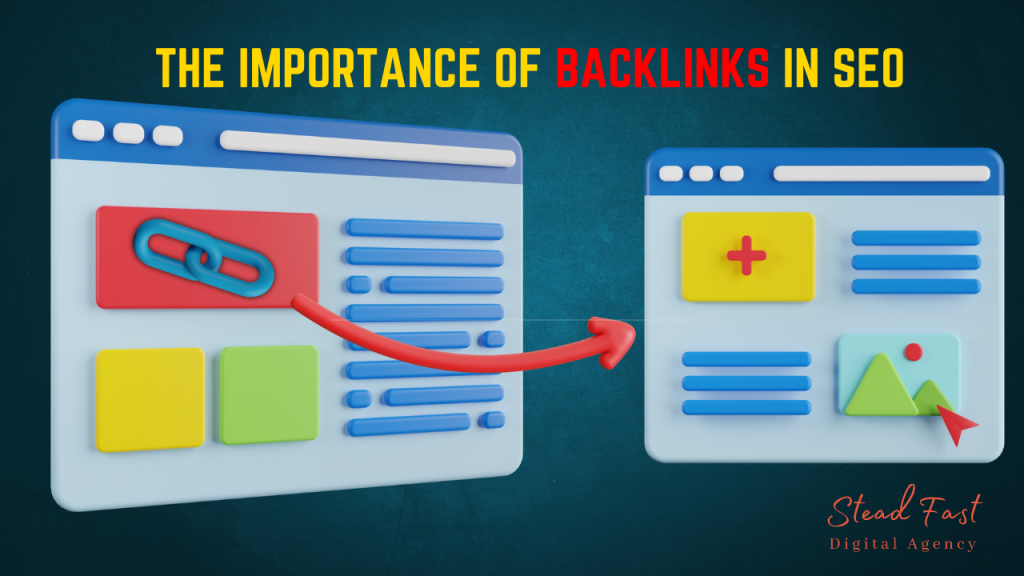In the contemporary digital landscape, individuals increasingly browse the internet and access websites on an array of devices, such as smartphones, tablets, laptops, and desktop computers. As screen sizes and resolutions vary significantly, it has become crucial for businesses and organizations to develop websites that are adaptable and responsive to various devices and platforms.
Responsive web design is a design technique that enables a website to be displayed on any device or screen size without sacrificing the user experience. Instead of crafting separate websites for desktop and mobile devices, responsive design guarantees that a website can adjust to any screen size, making it accessible to all users, no matter their device.
Let’s delve into the key advantages of this design approach and provide guidance and best practices for creating responsive designs that are user-friendly and accessible.
Enhanced User Experience :
A primary advantage of responsive web design is the improved user experience it offers to site visitors. Responsive websites automatically adapt to accommodate the screen size and resolution of the device accessing them, eliminating the need for users to pinch and zoom to read text or navigate the site, which can be frustrating and lead to high bounce rates.
Responsive design ensures your site is user-friendly and accessible on any device, potentially increasing engagement and prompting users to spend more time on your site. This can result in higher conversions and superior overall performance for your business or organization.
Search Engine Optimization :
Responsive web design also positively impacts search engine rankings. In 2015, Google revealed that mobile-friendliness would be a ranking signal in its search algorithm. Consequently, mobile-optimized sites are more likely to rank higher in search engine results pages (SERPs) than those that are not.
By incorporating responsive web design, your site will be optimized for mobile devices, improving your search engine rankings and driving more traffic to your site.
Elevated Conversion Rates :
Responsive web design can boost conversion rates as well. When a website is optimized for mobile devices, users are more likely to remain on the site and interact with its content, leading to increased conversions, such as sales or sign-ups.
By developing a user-friendly and accessible site that functions optimally on any device, you can foster trust with your audience and encourage them to take action, contributing to better overall performance for your business or organization.
Cost Savings :
Responsive web design can also reduce costs. Instead of creating separate websites for desktop and mobile devices, responsive design allows for a single site that adapts to any screen size, reducing development costs and simplifying site maintenance over time.
Additionally, responsive design can decrease your bounce rate and enhance your search engine rankings, leading to increased traffic and superior overall performance for your business or organization.
Best Practices for Responsive Web Design
Now that we have examined the key advantages of responsive web design, let’s review some best practices for developing responsive designs that are user-friendly and accessible.
Adopt a Mobile-First Approach :
When designing a responsive website, prioritize a mobile-first approach. This means designing for mobile devices initially and then scaling up to larger screen sizes. By concentrating on mobile design first, you ensure that your site is optimized for smaller screens and delivers a smooth, seamless user experience.
Optimize Images and Videos :
Optimizing images and videos for various screen sizes is one of the most significant challenges of responsive design. To accomplish this, utilize optimized images and videos that adapt to different devices and screen sizes without compromising quality.
Several tools and techniques are available for optimizing images and videos for responsive design, such as using responsive images scaled based on the device in use or employing CSS media queries to adjust the size and resolution of images and videos according to screen size.
Prioritize Content When designing a responsive website, prioritize content, ensuring it is easily accessible and readable on any device. This involves using a clear, concise design with easy-to-read fonts and an information hierarchy that is simple to navigate.
In conclusion,
Responsive web design is a vital approach to website development in the ever-evolving digital world. By crafting user-friendly and accessible designs that can adapt to any device or platform, you can enhance user experience, boost search engine rankings, and ultimately improve overall performance for your business or organization.
To create effective responsive designs, it is essential to adopt a mobile-first approach, optimize images and videos, prioritize content, and continually test and iterate your designs. By adhering to these best practices, you can develop responsive designs that are efficient, user-friendly, and accessible to all users, regardless of their chosen device.





